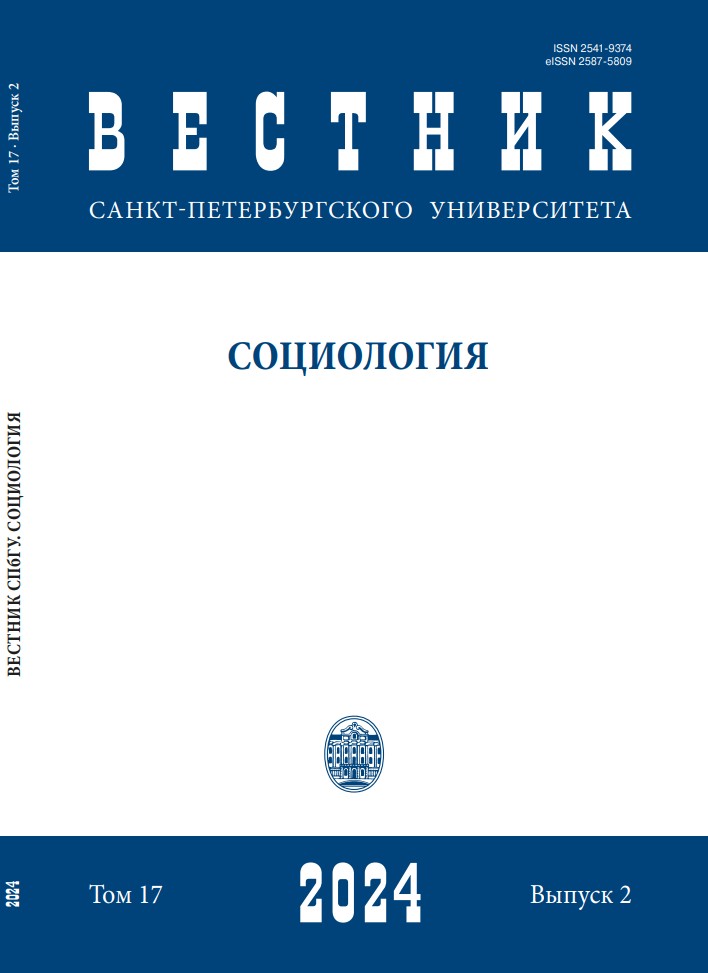Hard-to-reach respondents: Sampling experience
DOI:
https://doi.org/10.21638/spbu12.2024.201Abstract
The article describes the problems of selecting male informants raising children under 18 in qualitative research. The material of the article is based on the analysis of the authors’ research experience, as well as theoretical elaboration of the category “hard-to-reach group”. The experience of working with three groups of informants — single fathers, stepfathers, and fathers from orphanage graduates — is analyzed. Their representatives are considered as hard to reach, hidden, vulnerable. Single fathers belong to a small group, but it is more institutionalized than other groups of fathers, which greatly facilitates the search for its representatives, allowing for the implementation of the selection method on the basis of institutions. Stepfathers are characterized by high heterogeneity and difficulties with identification. The sensitivity of the research topic implies a high level of trust in those through whom contact is established. Fathers who are graduates from children’s homes are few, difficult to identify, and vulnerable. These features were reflected in the way the sample was constructed — with a prioritized choice of combined strategies. The authors provide a detailed description of the specifics of recruiting and strategies for finding informants, considering the specifics of selection on the basis of different types of institutions, targeted selection through social networks of researchers, and the “snowball” method. The barriers that arise in the selection of different groups of male informants are analyzed, in particular the quantitative composition of the group, physical concentration, level of institutionalization, and trust. Factors that enhance the effectiveness of informant recruitment for each group are characterized, as well as risk factors, including those related to the motivation of participants and the role of the researcher herself.
Keywords:
hard-to-reach, hidden, vulnerable populations, men, single fathers, stepfathers, fathers from orphanages graduates, facility based sentinel surveillance, targeted sampling
Downloads
References
Downloads
Published
How to Cite
Issue
Section
License
Articles of "Vestnik of Saint Petersburg University. Sociology" are open access distributed under the terms of the License Agreement with Saint Petersburg State University, which permits to the authors unrestricted distribution and self-archiving free of charge.




